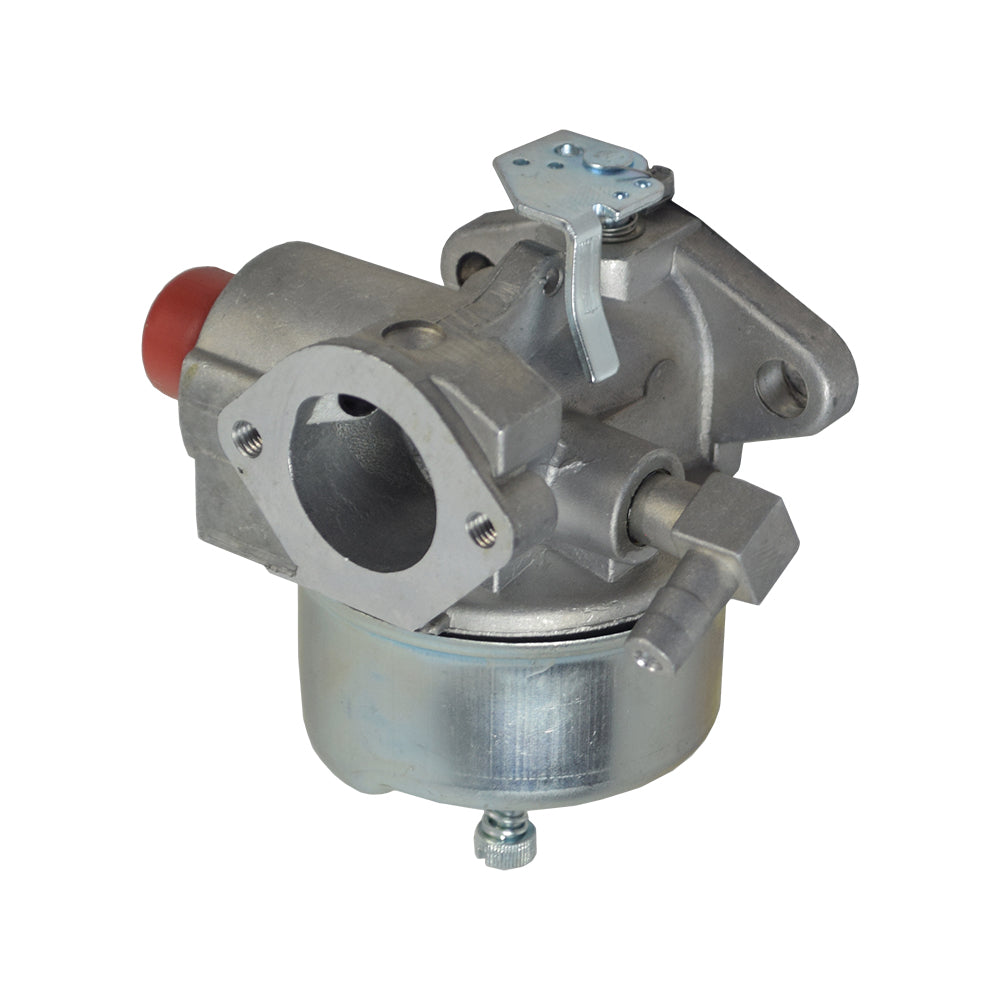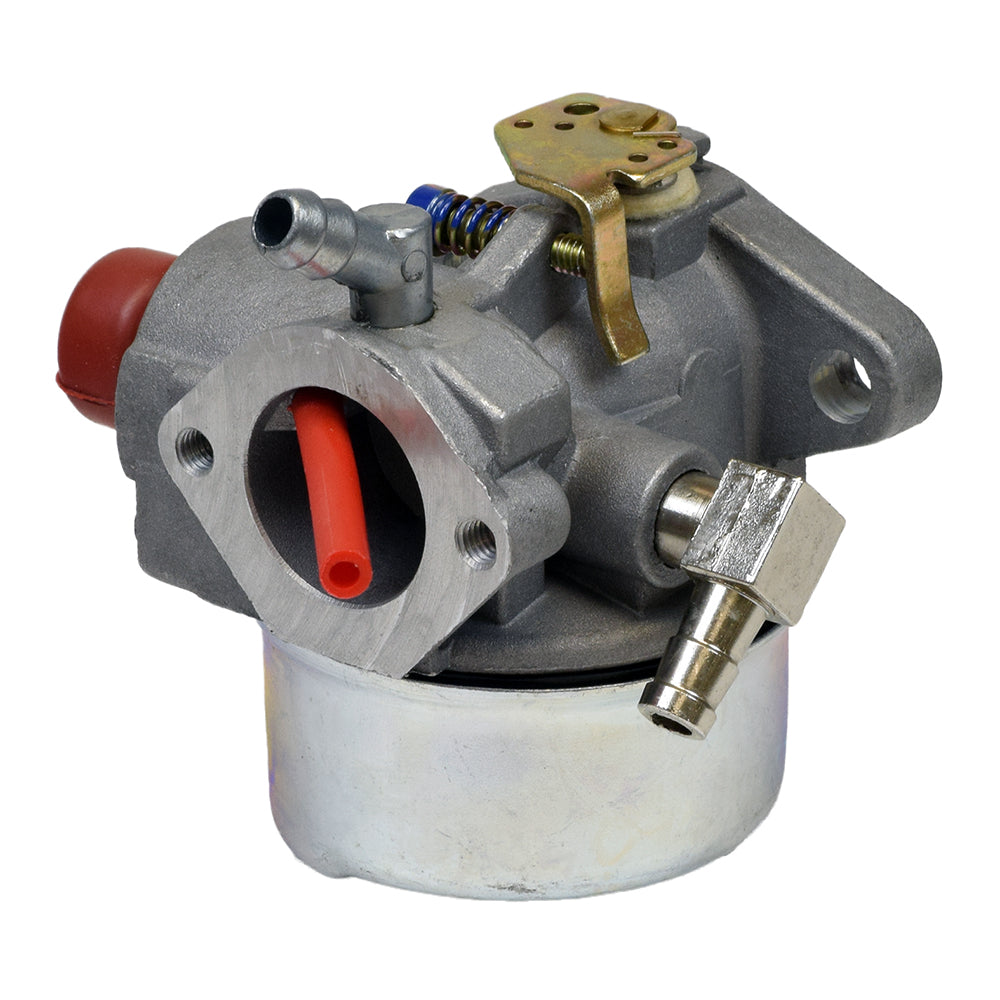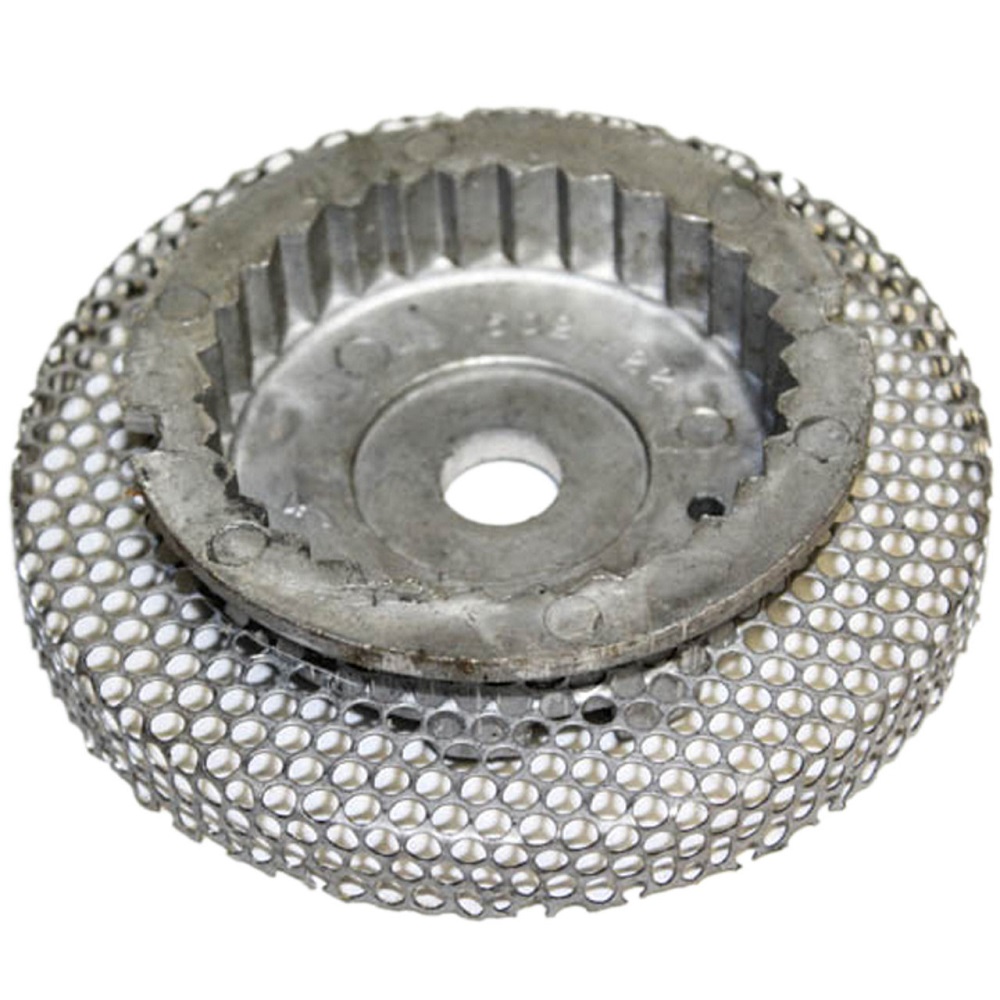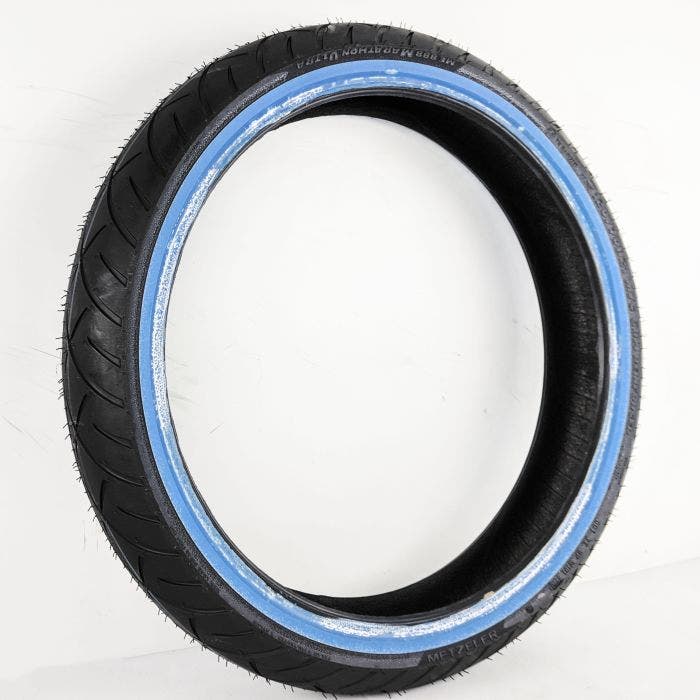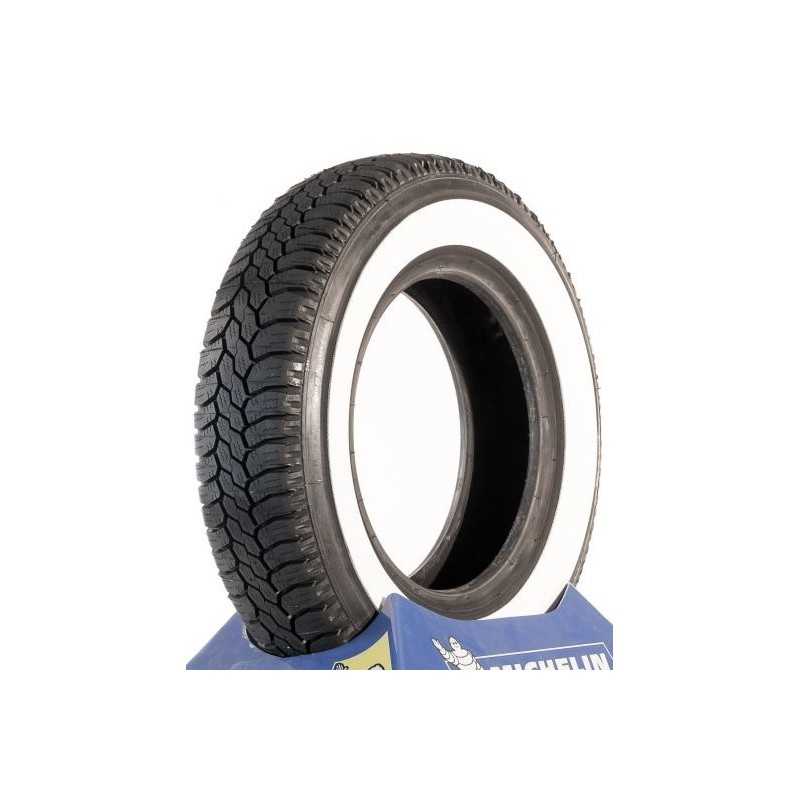Aug 8, 2025
Keanu Reeves Bike Collection: A Look into His Favorite Rides
Keanu Reeves has long been admired not only for his captivating performances but also for his unique sense of style and adventurous spirit. Among his many passions, motorcycles hold a special place in his heart. In this article, we delve deep into the fascinating world of the Keanu Reeves bike, exploring its significance, features, and the enduring legacy it represents. Whether you’re a fan of Keanu or an enthusiast of superbikes, this comprehensive guide will provide valuable insights into why the Keanu Reeves bike stands out in the crowded landscape of motorcycles.
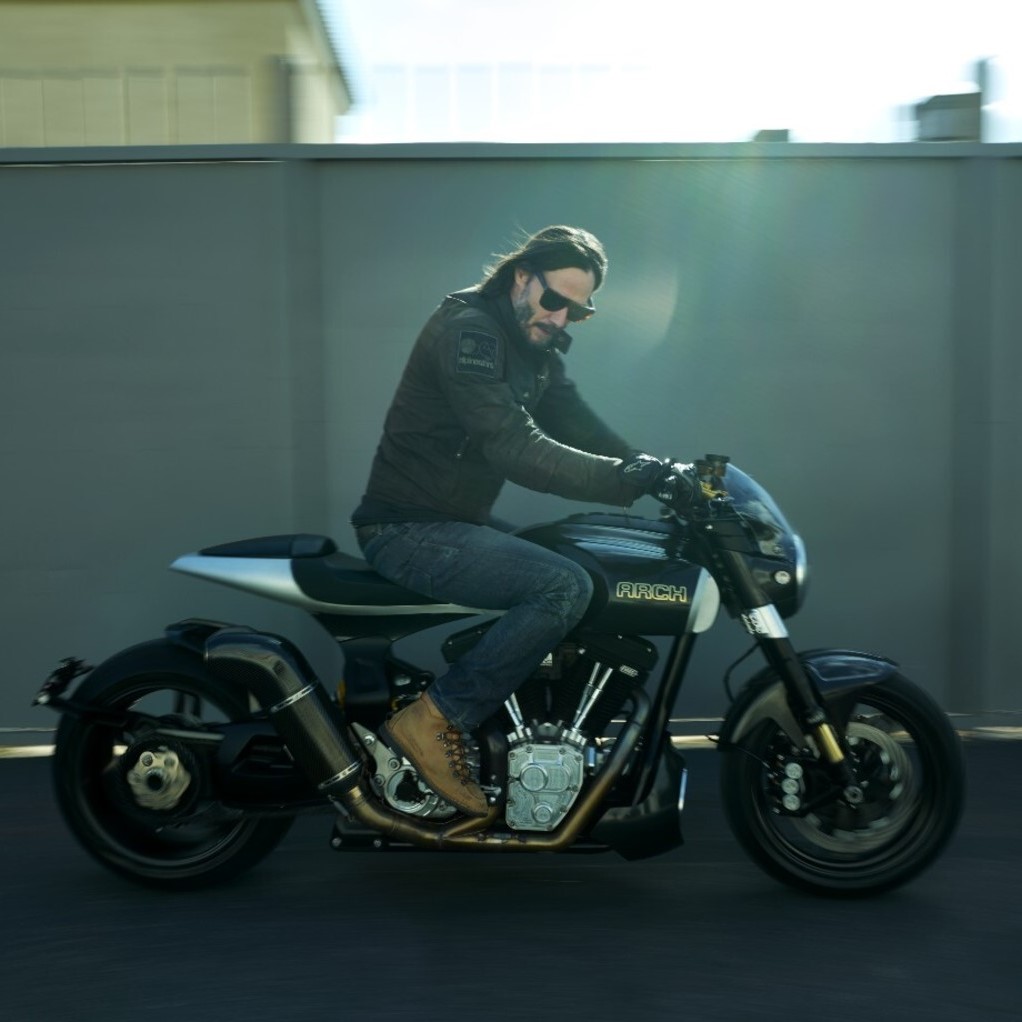 The Allure of Keanu Reeves and His Bikes
The Allure of Keanu Reeves and His Bikes
Keanu Reeves is not just an actor; he is a cultural icon known for his down-to-earth personality and genuine passion for motorcycles. His connection with bikes goes beyond mere possession; it reflects a lifestyle choice that resonates with many fans around the world.
A Lifelong Passion for Motorcycles
From a young age, Keanu developed a love for motorcycles. This passion was evident in his film roles, such as in the “John Wick” series, where his character’s bikes symbolize freedom and resilience. Over the years, Keanu has owned a variety of motorcycles, each chosen for its performance and style, embodying his personal taste and adventurous spirit.
Iconic Appearances in Films
Keanu’s motorcycles often take center stage in his movies, enhancing his characters’ personas and adding depth to the storytelling. In “The Matrix” and “John Wick,” his bikes are not just props but extensions of his characters’ identities, showcasing speed, control, and an unyielding drive.
Exploring the Keanu Reeves’ Bike: Features and Specifications
The Keanu Reeves bike is more than just a motorcycle; it’s a blend of cutting-edge technology, robust performance, and sleek design. Let’s examine the key features that make this bike a standout choice for enthusiasts.
High-Performance Engine
One of the most notable aspects of the Keanu Reeves bike is its high-performance engine. Designed for both speed and reliability, the engine ensures smooth rides whether you’re navigating city streets or tackling open highways. With impressive horsepower and torque, this bike delivers an exhilarating experience every time you hit the throttle.
Advanced Suspension System
Comfort and stability are paramount when it comes to motorcycle rides, and the Keanu Reeves bike excels in this area. Equipped with an advanced suspension system, it absorbs shocks efficiently, providing a smooth and stable ride even on uneven terrains. This feature allows riders to maintain control and confidence, enhancing the overall riding experience.
Aerodynamic Design
The bike’s sleek and aerodynamic design not only contributes to its aesthetic appeal but also improves its performance. The streamlined shape reduces air resistance, allowing for higher speeds and better fuel efficiency. Additionally, the stylish design mirrors Keanu’s own sense of fashion, making the bike a perfect match for his persona.
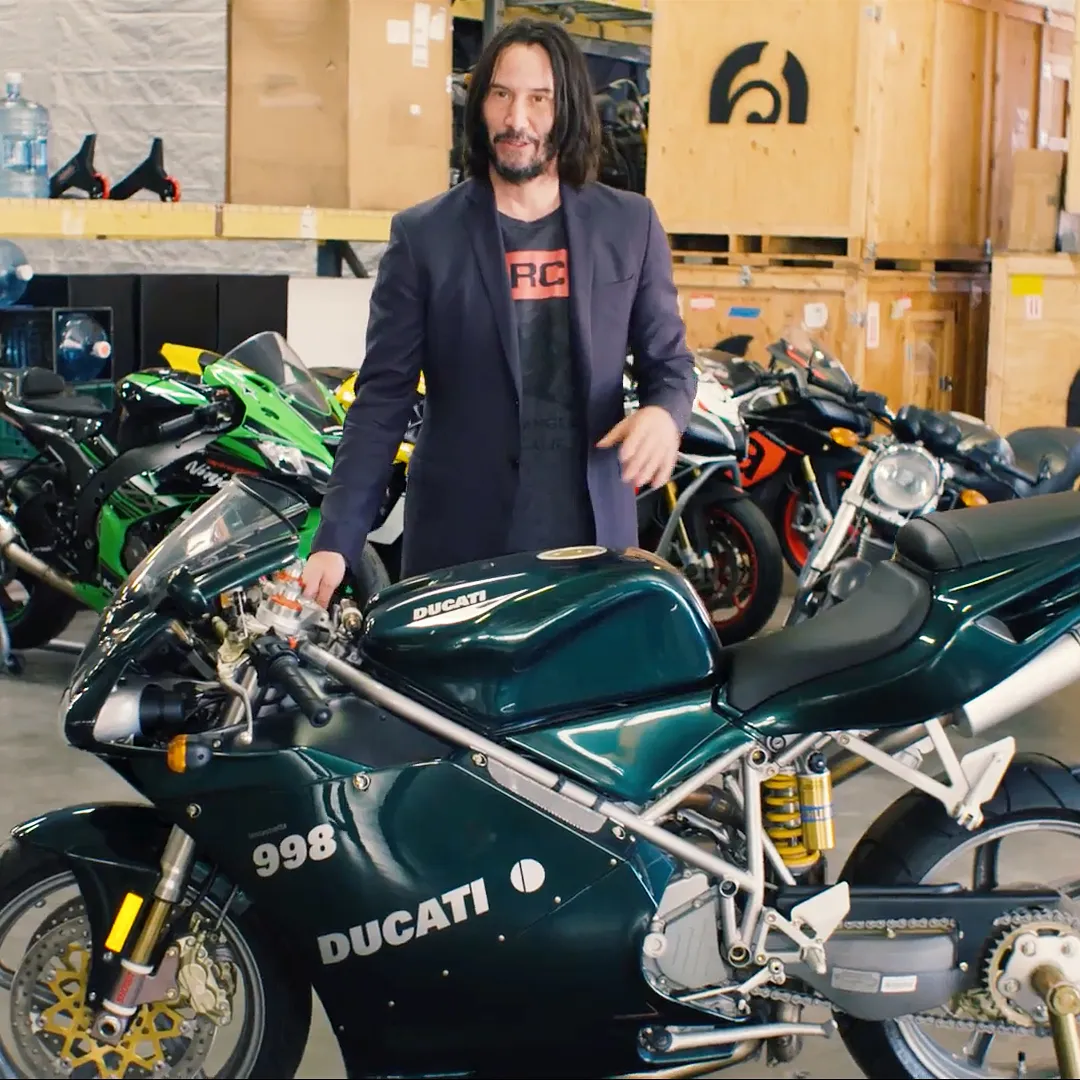 Customizations Inspired by Keanu Reeves
Customizations Inspired by Keanu Reeves
Keanu Reeves is known for his attention to detail, and this extends to the customization options available for his bike. These bespoke modifications ensure that each bike not only performs exceptionally but also reflects Keanu’s personal style.
Personalized Paint Jobs
One of the standout customizations is the personalized paint job. Whether it’s a classic matte black or a vibrant, unique color scheme, each bike can be tailored to match Keanu’s preference. This customization allows fans to own a piece of Keanu’s legacy, making each bike truly one-of-a-kind.
Enhanced Accessories
To complement the bike’s performance, various accessories are available. These include high-quality saddlebags, advanced lighting systems, and state-of-the-art navigation tools. Each accessory is chosen to enhance functionality without compromising the bike’s sleek appearance.
Ergonomic Upgrades
Comfort is crucial for any rider, and the Keanu Reeves bike offers ergonomic upgrades that cater to long-distance travel. Adjustable seats, handlebars, and foot pegs ensure that riders can customize their riding position for maximum comfort and control, making every journey enjoyable.
 The Impact of Keanu Reeves on Motorcycle Culture
The Impact of Keanu Reeves on Motorcycle Culture
Keanu Reeves’ influence extends beyond his movies and into the broader motorcycle culture. His association with bikes has inspired many to embrace the riding lifestyle, blending passion with practicality.
Promoting Motorcycle Safety
Through his public appearances and endorsements, Keanu emphasizes the importance of motorcycle safety. He advocates for the use of protective gear and responsible riding practices, encouraging fans to enjoy biking while staying safe on the roads.
Supporting Motorcycle Communities
Keanu actively supports various motorcycle communities and events. His involvement helps to promote camaraderie among riders, fostering a sense of belonging and shared passion. By participating in rallies and charity rides, he demonstrates his commitment to the motorcycle community.
Inspiring Future Generations
Keanu’s dedication to motorcycles inspires aspiring riders and future generations of motorcyclists. His example shows that with passion and perseverance, one can pursue their interests while achieving success in other areas of life.
How to Acquire Your Own Keanu Reeves’ Bike
For those inspired by Keanu Reeves and eager to own a piece of his legacy, acquiring a Keanu Reeves bike is an achievable goal. Here are the steps to guide you through the process.
Research and Selection
Begin by researching the various models associated with Keanu Reeves. Understand the specifications, features, and customization options available. This knowledge will help you make an informed decision based on your preferences and riding needs.
Visit Authorized Dealers
To ensure authenticity and quality, visit authorized dealers who specialize in high-performance motorcycles. These dealers can provide expert advice, showcase the latest models, and offer customization services to tailor the bike to your liking.
Financing and Purchase
Once you’ve selected your desired bike, explore financing options if necessary. Many dealers offer flexible payment plans to make your purchase more manageable. Ensure you understand all terms and conditions before finalizing the transaction.
Customization and Delivery
After purchasing, collaborate with the dealership to customize your bike. Choose from a range of paint colors, accessories, and ergonomic upgrades to make the bike uniquely yours. Once customization is complete, your Keanu Reeves bike will be ready for delivery.
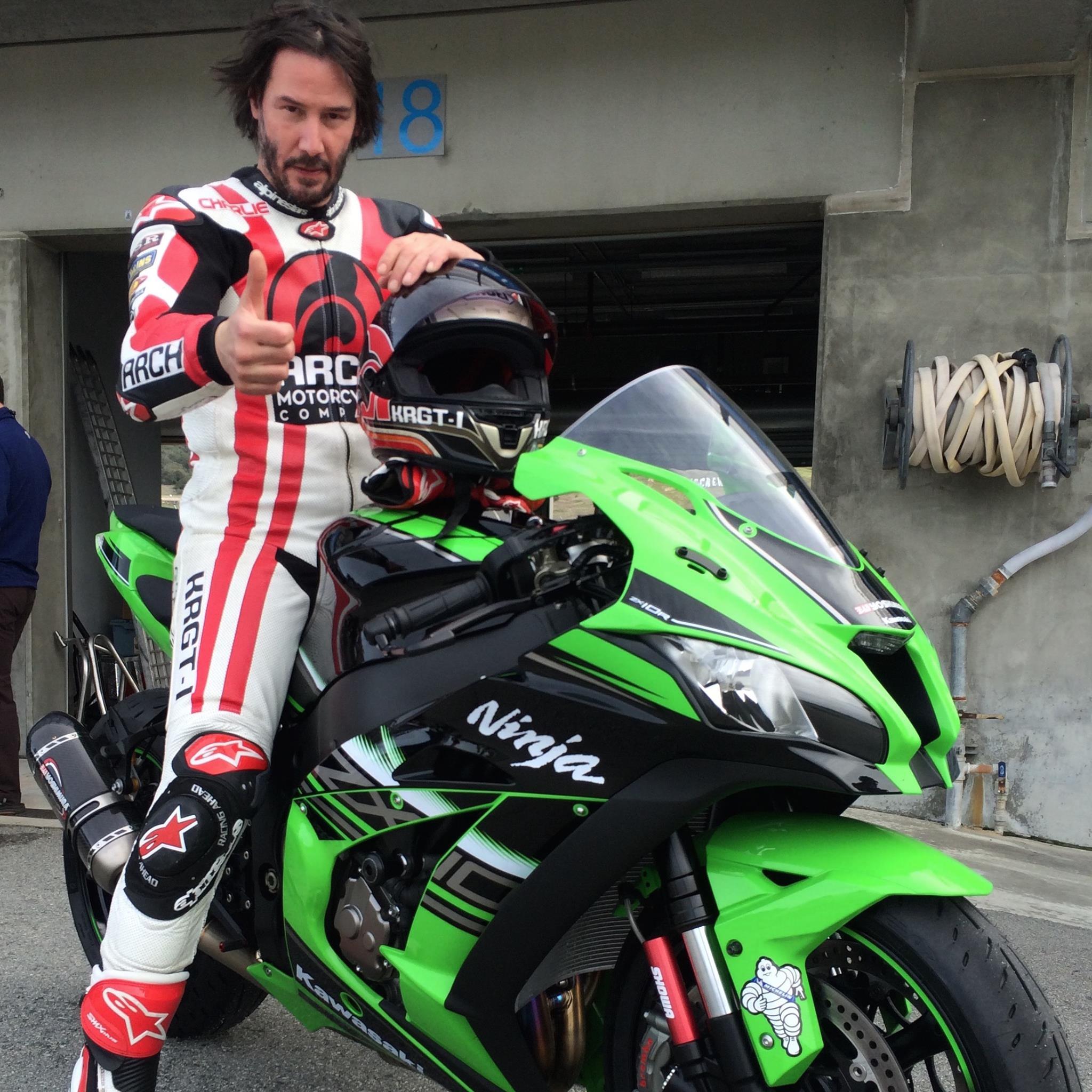 Maintenance Tips for Your Keanu Reeves’ Bike
Maintenance Tips for Your Keanu Reeves’ Bike
Owning a high-performance motorcycle like the Keanu Reeves bike requires regular maintenance to keep it in optimal condition. Here are some essential tips to ensure your bike remains reliable and stylish.
Regular Cleaning
Keeping your bike clean not only maintains its appearance but also prevents damage from dirt and grime. Regular washing and detailing help preserve the bike’s finish and integrity, ensuring it looks as good as new.
Routine Inspections
Regularly inspect your bike for any signs of wear and tear. Check the brakes, tires, lights, and engine components to identify any issues early. Prompt maintenance can prevent minor problems from becoming major repairs.
Proper Storage
When not in use, store your bike in a safe, dry place to protect it from the elements. Using a quality cover can shield it from dust, moisture, and pests, extending the life of your bike and keeping it in pristine condition.
Professional Servicing
Schedule regular servicing with a professional mechanic who specializes in high-performance motorcycles. Professional maintenance ensures that your bike remains in top condition, addressing any technical issues and keeping it running smoothly.
The Future of the Keanu Reeves’ Bike
As technology and design continue to evolve, the future of the Keanu Reeves bike looks promising. Innovations in electric motorcycles, smart features, and sustainable materials are set to enhance its appeal and functionality.
Embracing Electric Technology
The integration of electric technology is a significant trend in the motorcycle industry. Future models of the Keanu Reeves bike are likely to incorporate electric engines, offering greener alternatives without compromising on performance. This shift aligns with the global movement towards sustainability and eco-friendly transportation.
Smart Features and Connectivity
Advancements in connectivity and smart features will further enhance the riding experience. Features such as GPS navigation, smartphone integration, and real-time performance monitoring are expected to be standard, providing riders with more control and convenience.
Sustainable Materials and Practices
As environmental concerns grow, the use of sustainable materials in motorcycle manufacturing is becoming increasingly important. The Keanu Reeves bike is anticipated to adopt eco-friendly materials and production practices, reducing its environmental footprint while maintaining its high standards of quality and performance.
 Conclusion: Embrace the Spirit of the Keanu Reeves’ Bike
Conclusion: Embrace the Spirit of the Keanu Reeves’ Bike
In conclusion, the Keanu Reeves bike is more than just a motorcycle; it embodies a lifestyle of style, performance, and passion. Keanu’s unwavering dedication to biking has inspired countless fans and motorcycle enthusiasts to explore the thrilling world of riding. Whether you’re drawn to its high-performance engine, sleek design, or the legacy it represents, owning a Keanu Reeves bike is a testament to embracing adventure and excellence. As we look to the future, the continued evolution of this iconic bike promises even greater advancements, ensuring that the spirit of Keanu Reeves and his love for motorcycles remains a driving force in the industry.
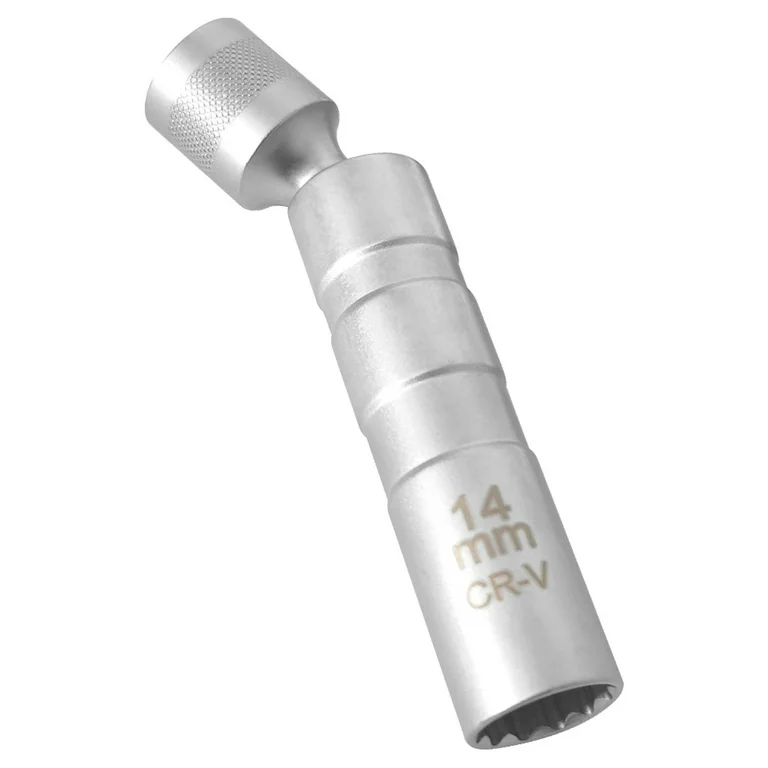 What is a Spark Plug Socket?
What is a Spark Plug Socket?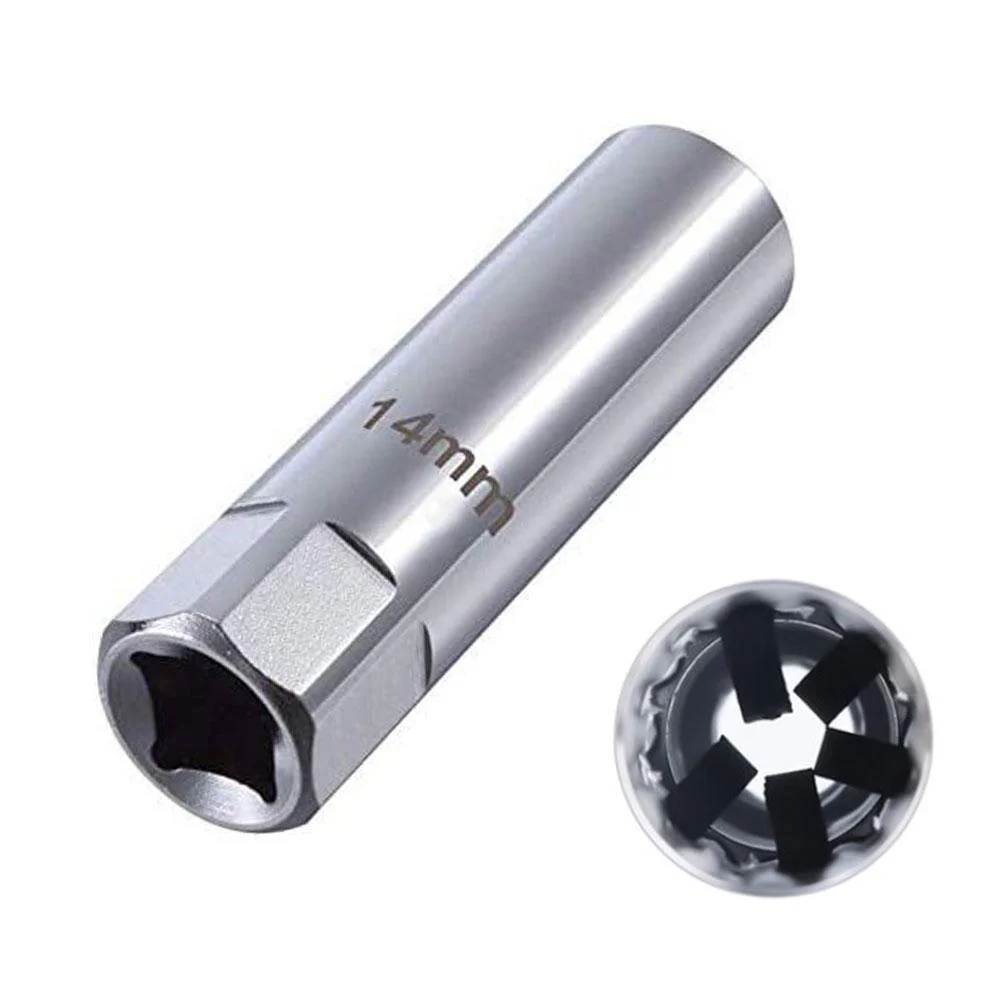 How to Use a Spark Plug Socket
How to Use a Spark Plug Socket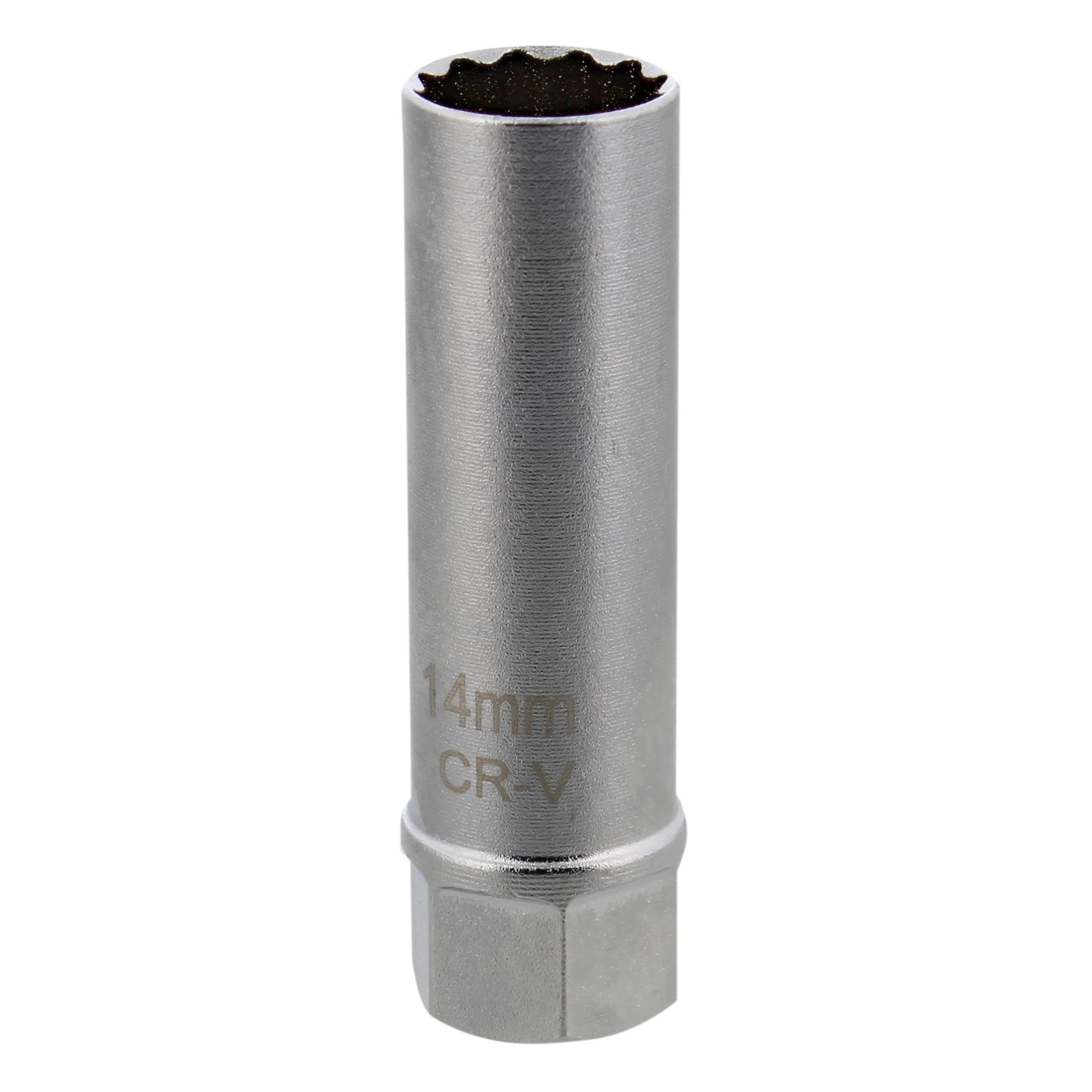 Maintenance Tips for Your Spark Plug Socket
Maintenance Tips for Your Spark Plug Socket Advantages of a Spark Plug Socket Compared to Alternatives
Advantages of a Spark Plug Socket Compared to Alternatives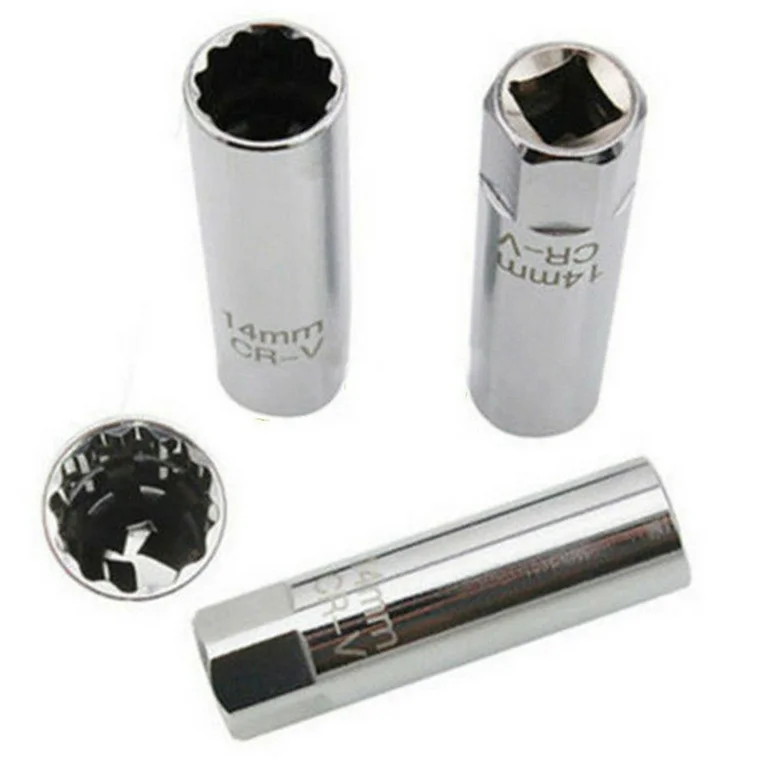 Conclusion
Conclusion What is Engine Block Paint?
What is Engine Block Paint?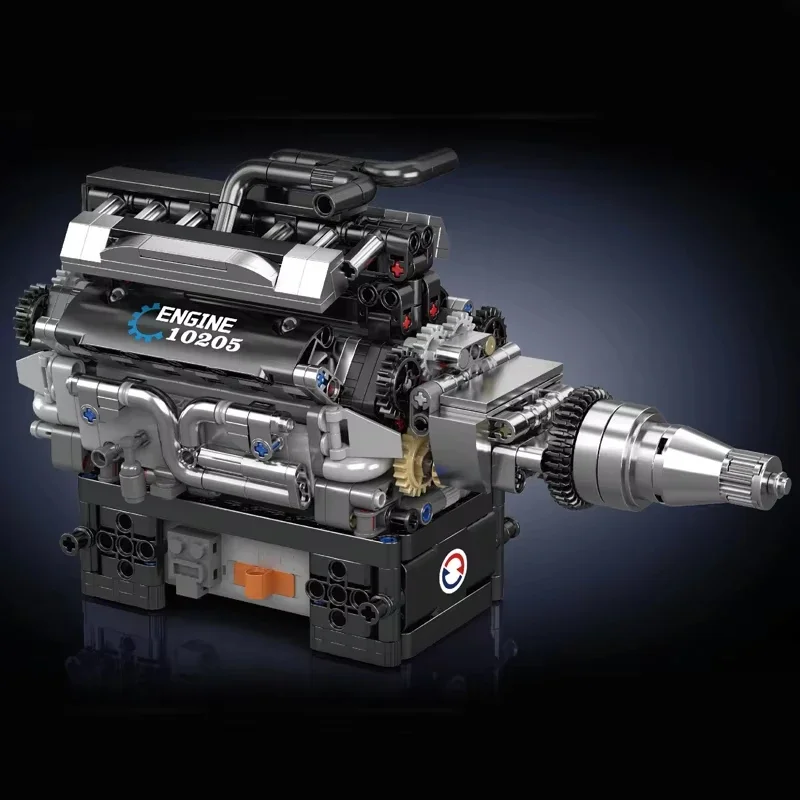 Preparing Your Engine for Painting
Preparing Your Engine for Painting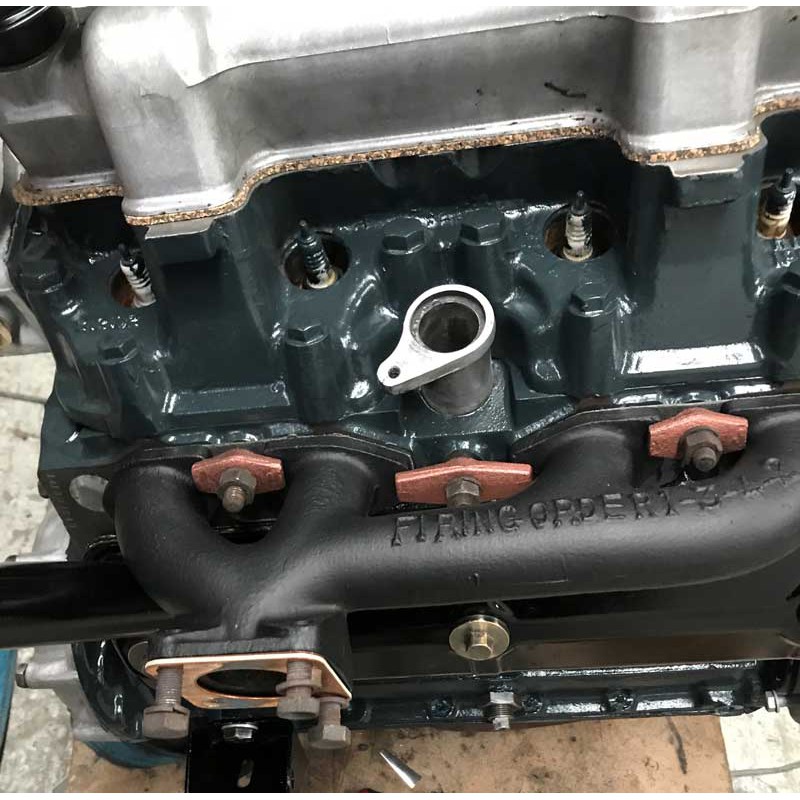 Tips for a Professional Finish
Tips for a Professional Finish Choosing the Right Block Paint for Your Needs
Choosing the Right Block Paint for Your Needs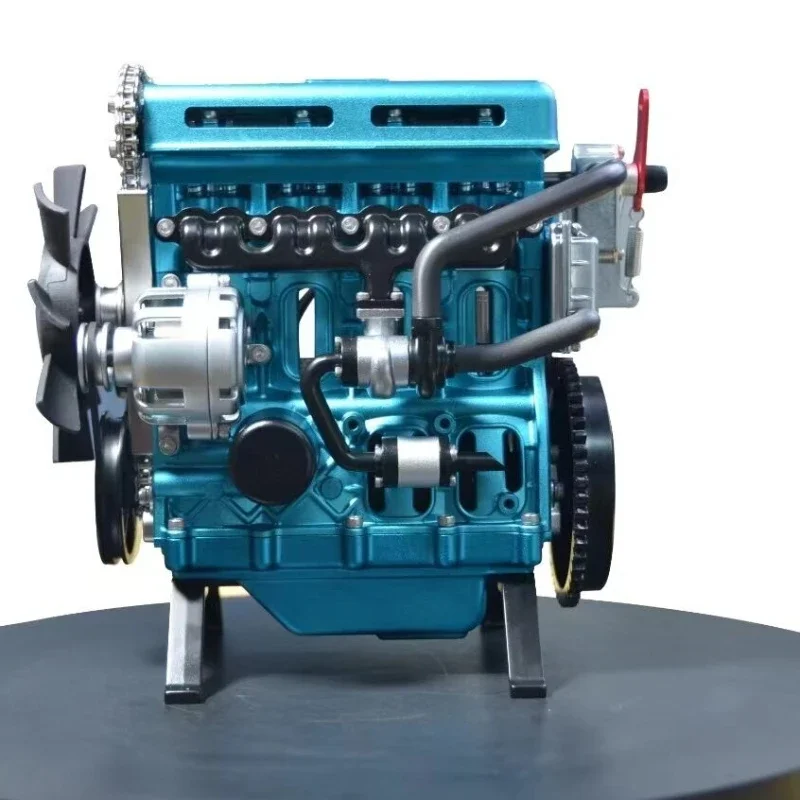 Conclusion
Conclusion Keanu Reeves’ Iconic Motorcycle Collection
Keanu Reeves’ Iconic Motorcycle Collection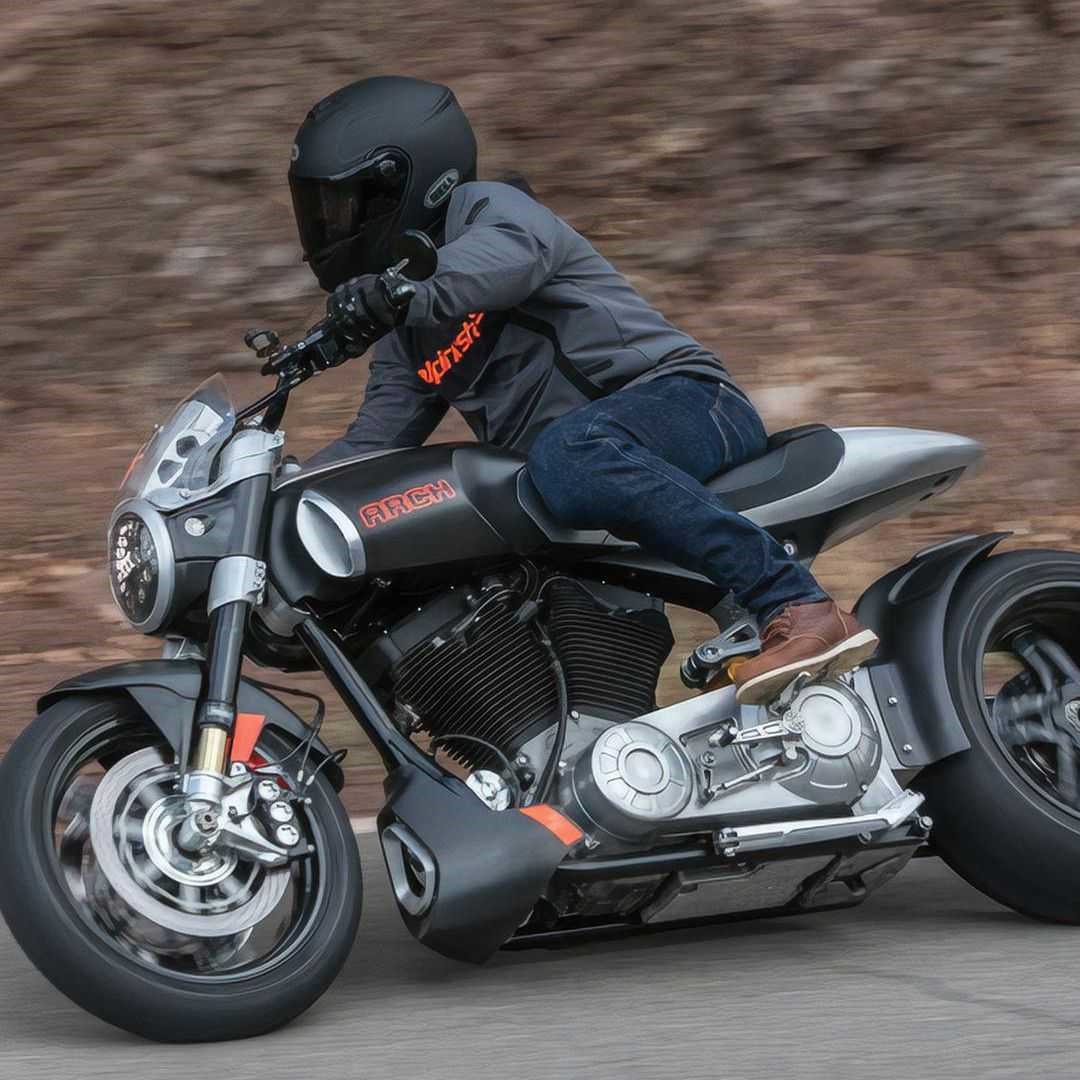 The Investment Value of Keanu Reeves’ Motorcycles
The Investment Value of Keanu Reeves’ Motorcycles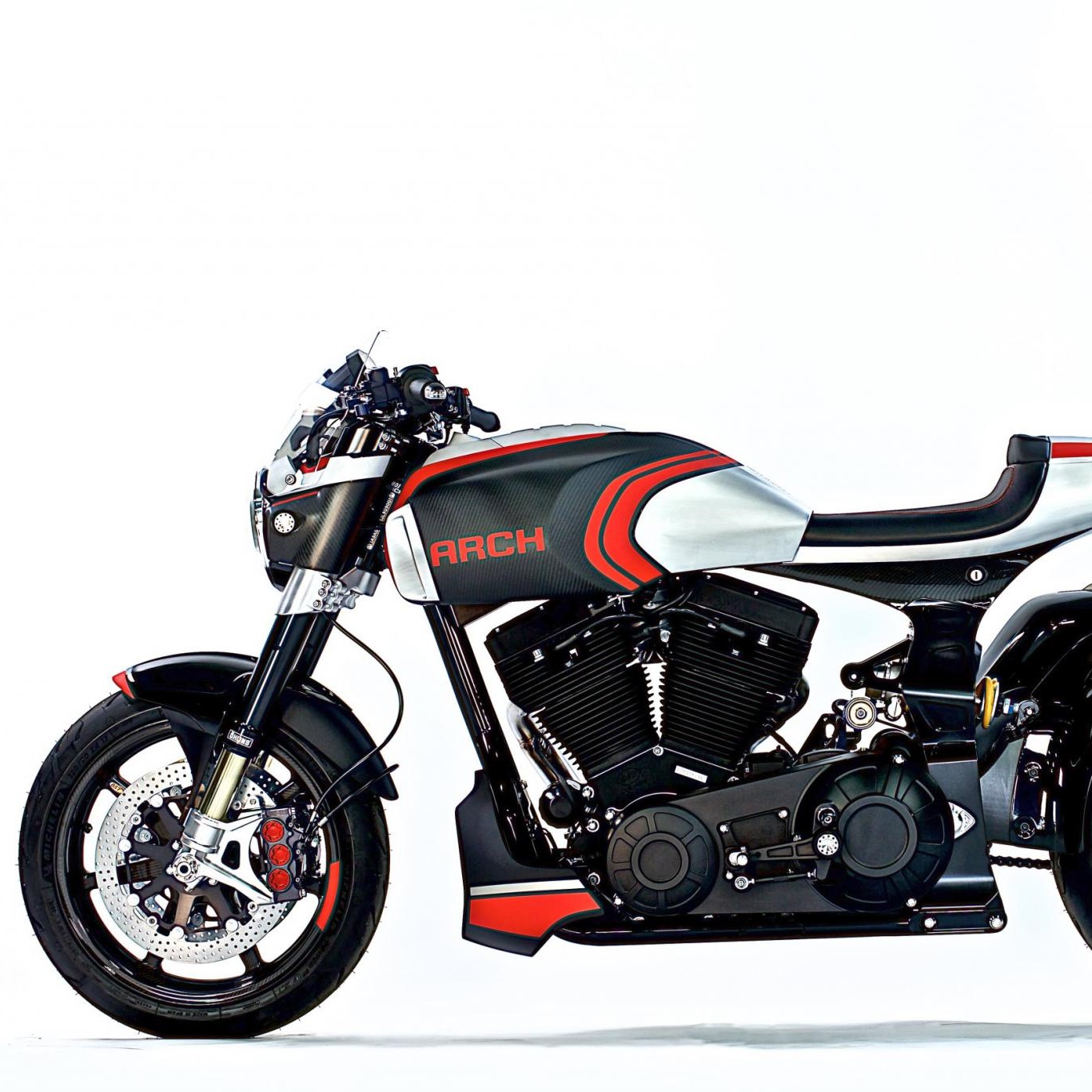 Financing Your Keanu Reeves-Inspired Motorcycle
Financing Your Keanu Reeves-Inspired Motorcycle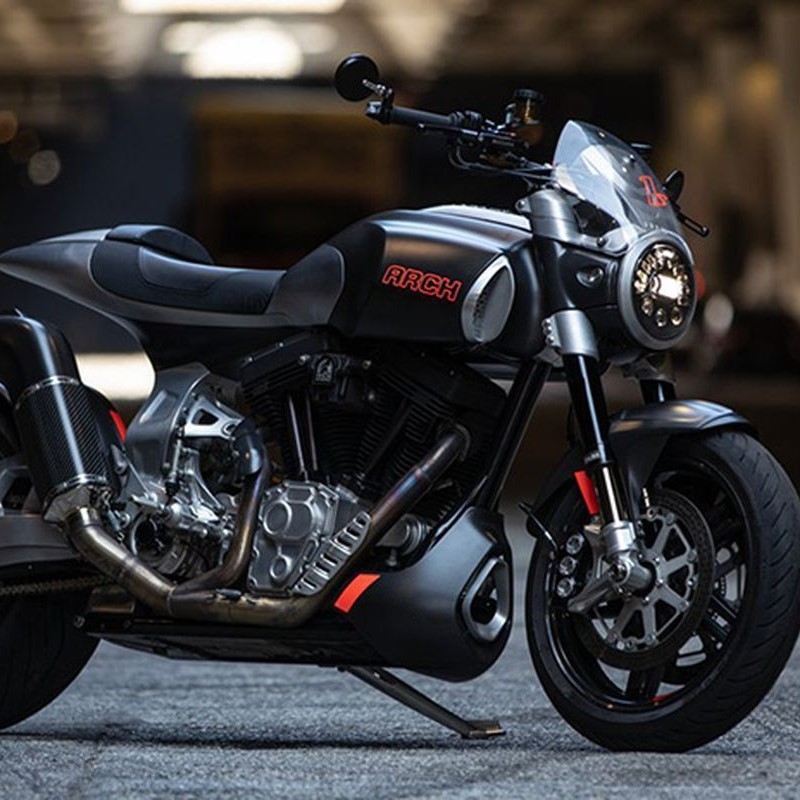 Future Trends in Keanu Reeves’ Motorcycle Choices
Future Trends in Keanu Reeves’ Motorcycle Choices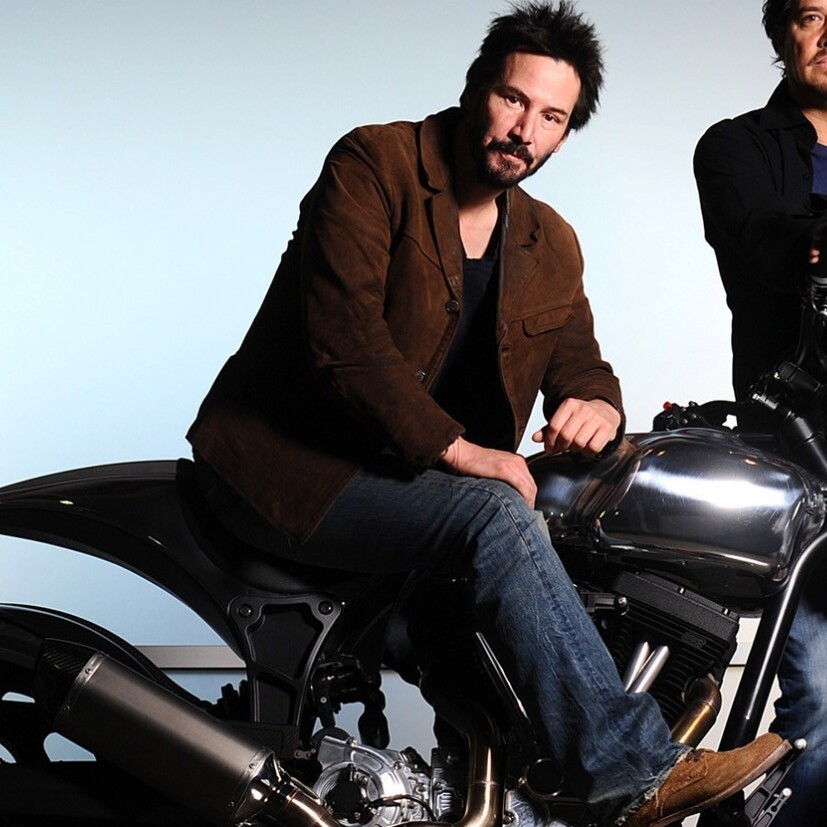 Conclusion
Conclusion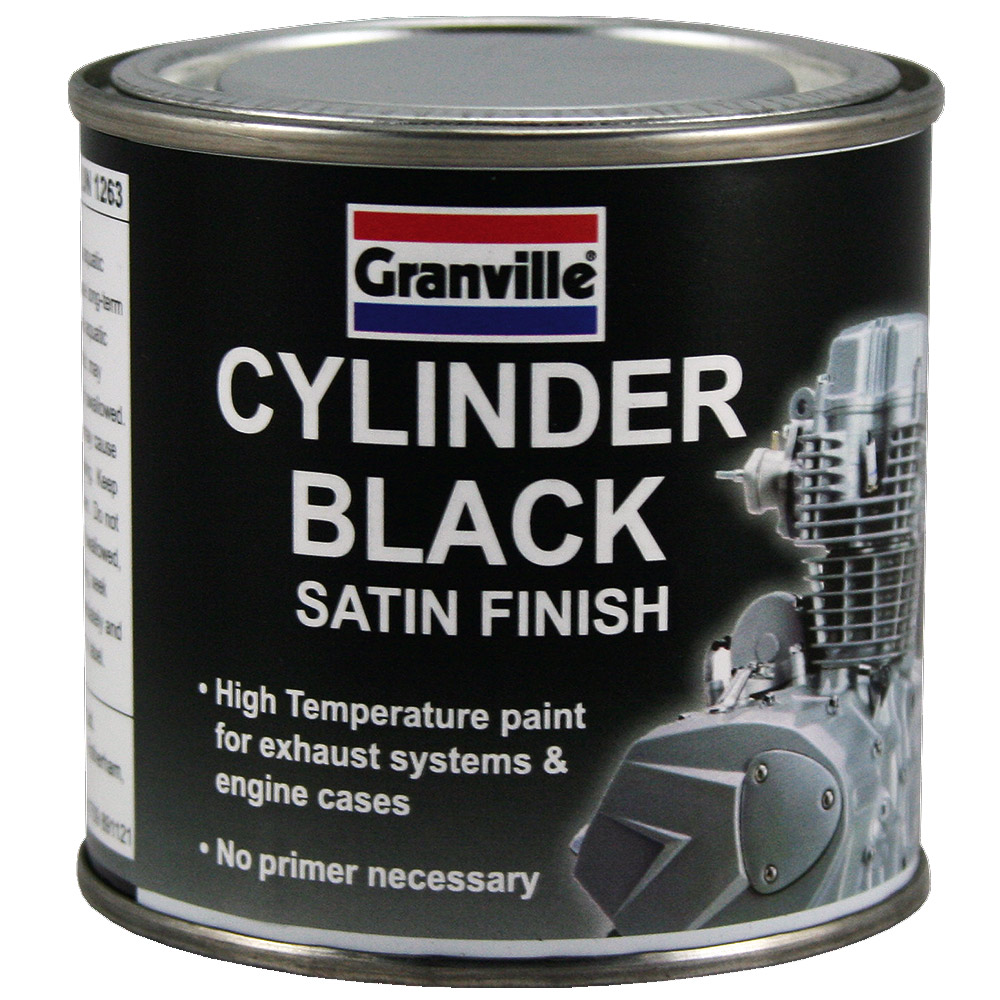 What is High Temp Engine Paint?
What is High Temp Engine Paint?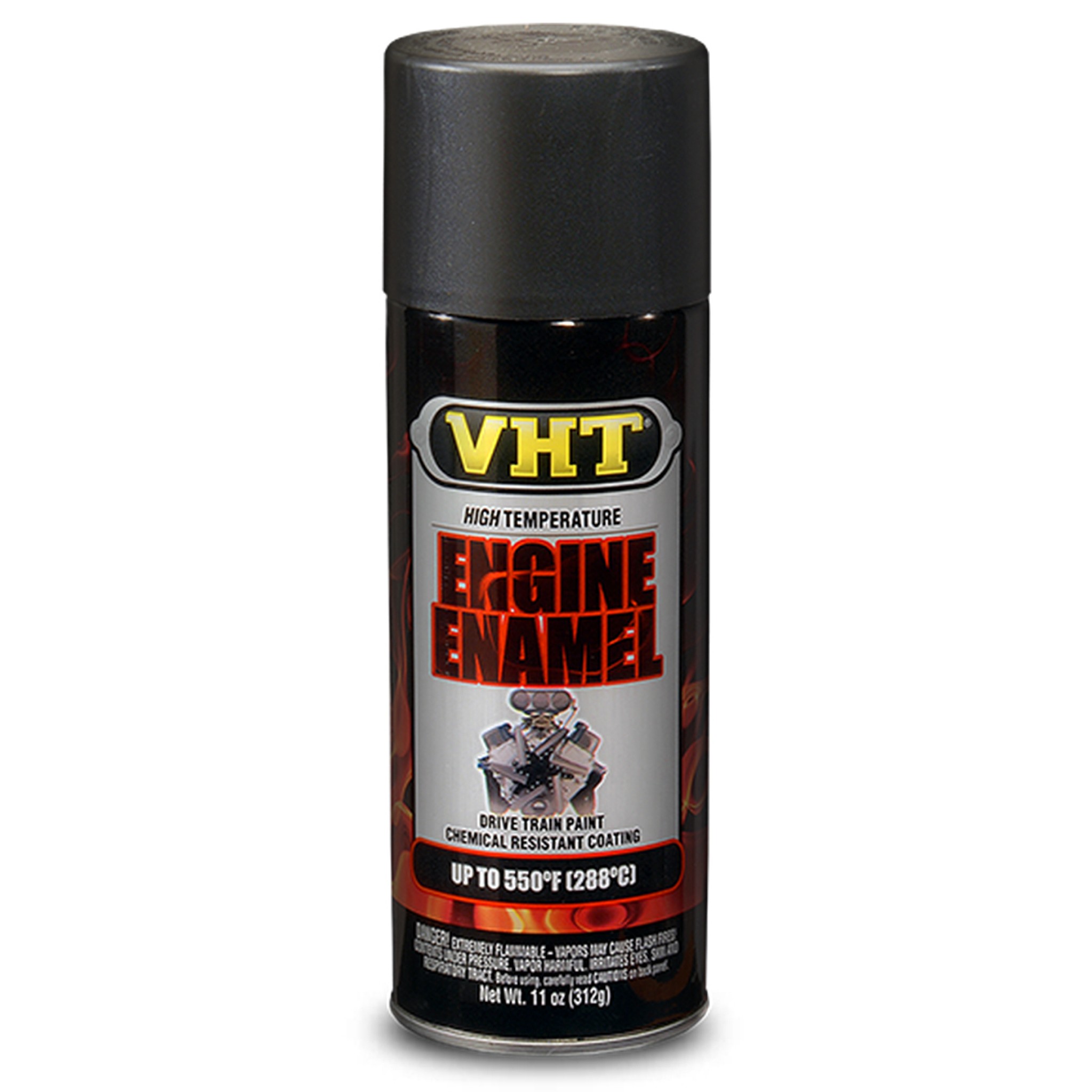 How to Apply Engine Paint
How to Apply Engine Paint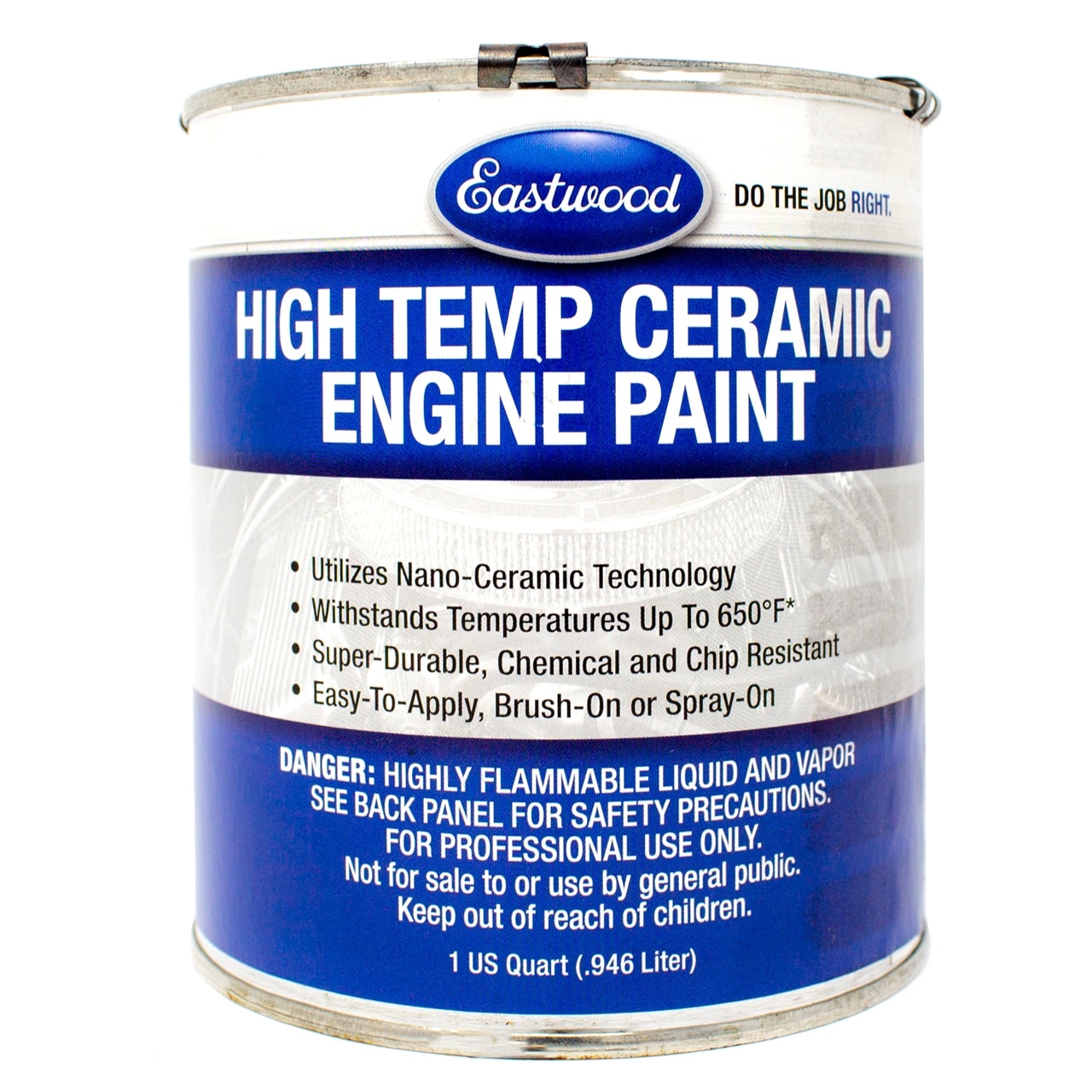 Tips for Maintaining Painted Engine Parts
Tips for Maintaining Painted Engine Parts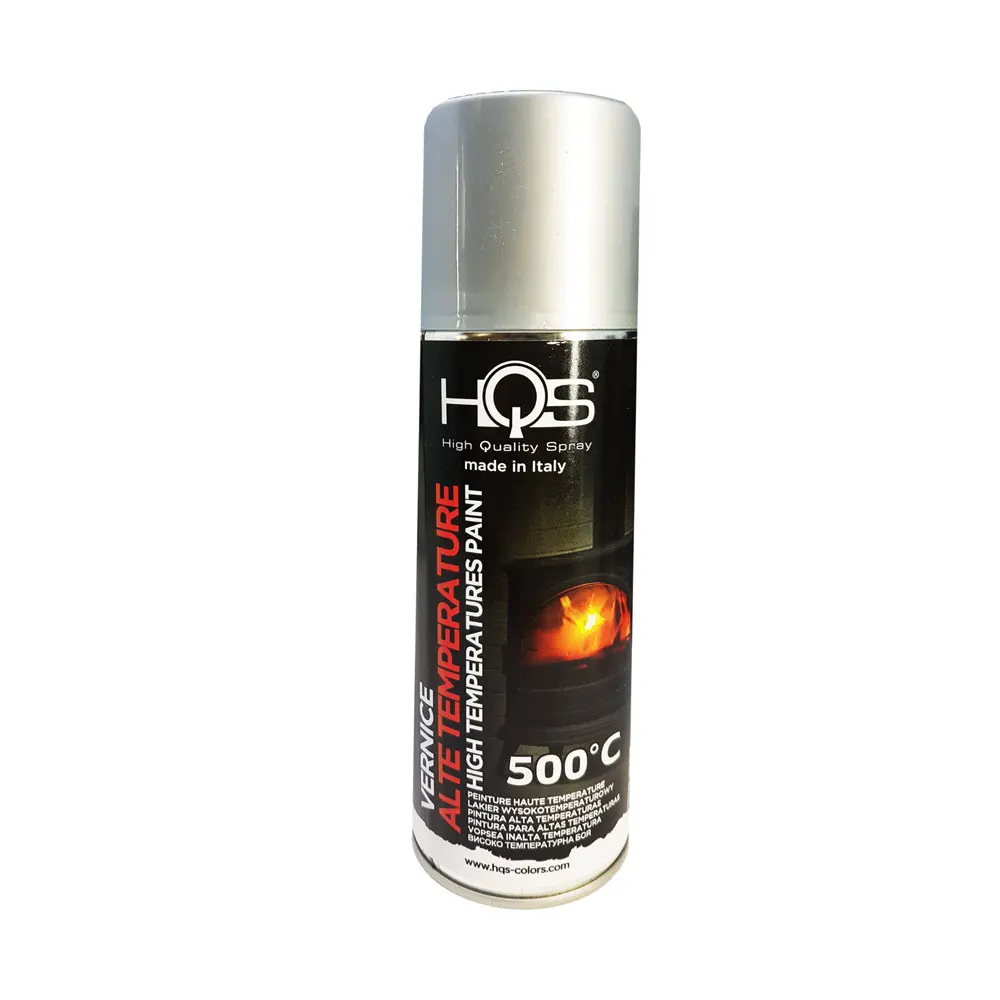 Advanced Techniques for Engine Paint Application
Advanced Techniques for Engine Paint Application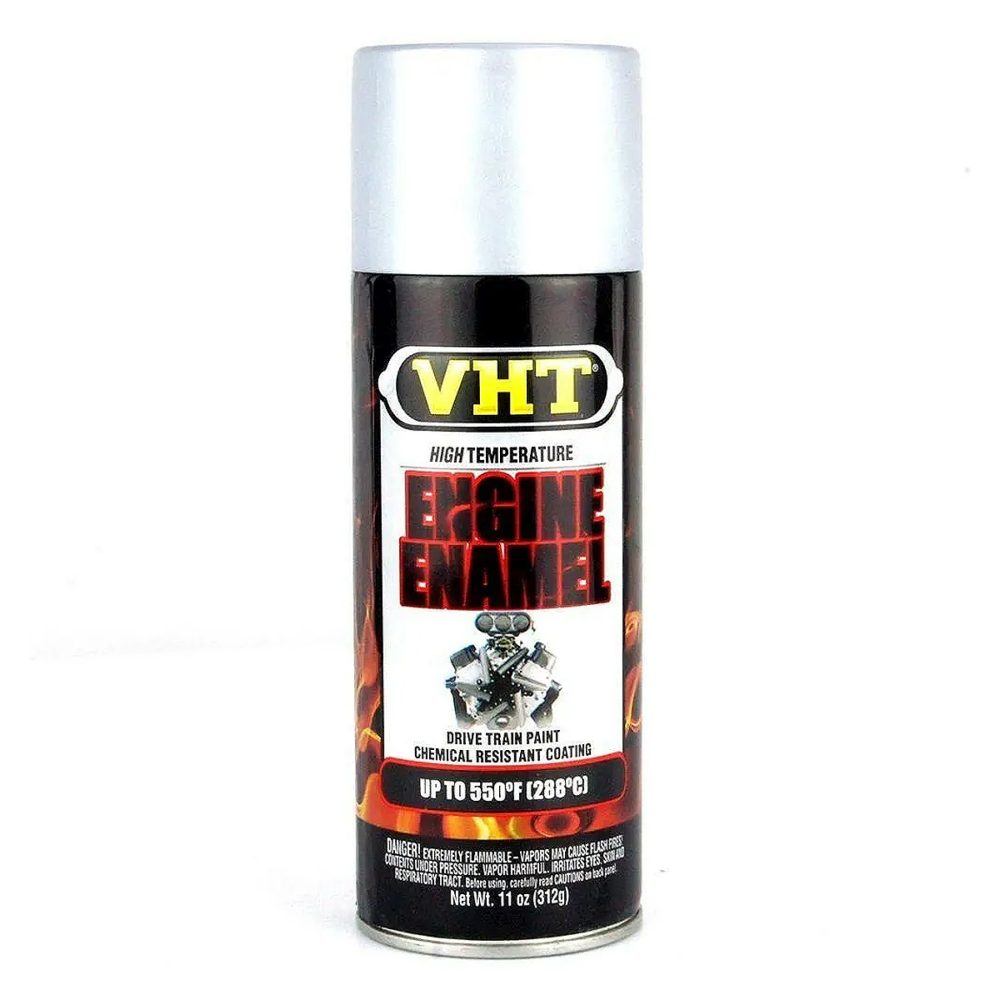 Conclusion
Conclusion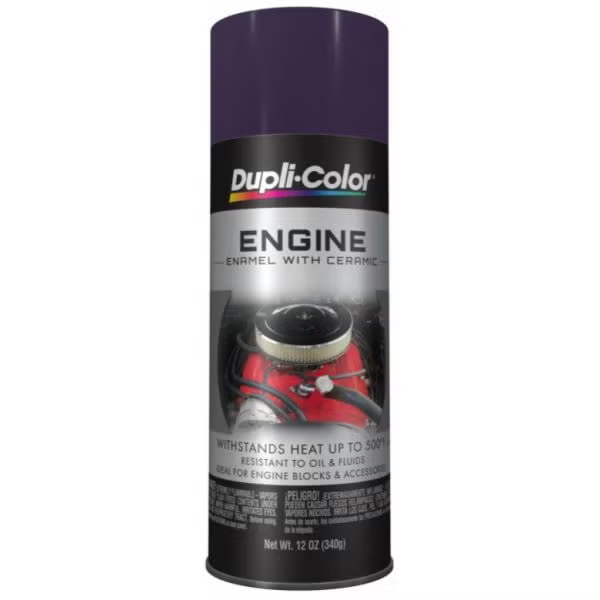 Benefits of Using Purple Paint
Benefits of Using Purple Paint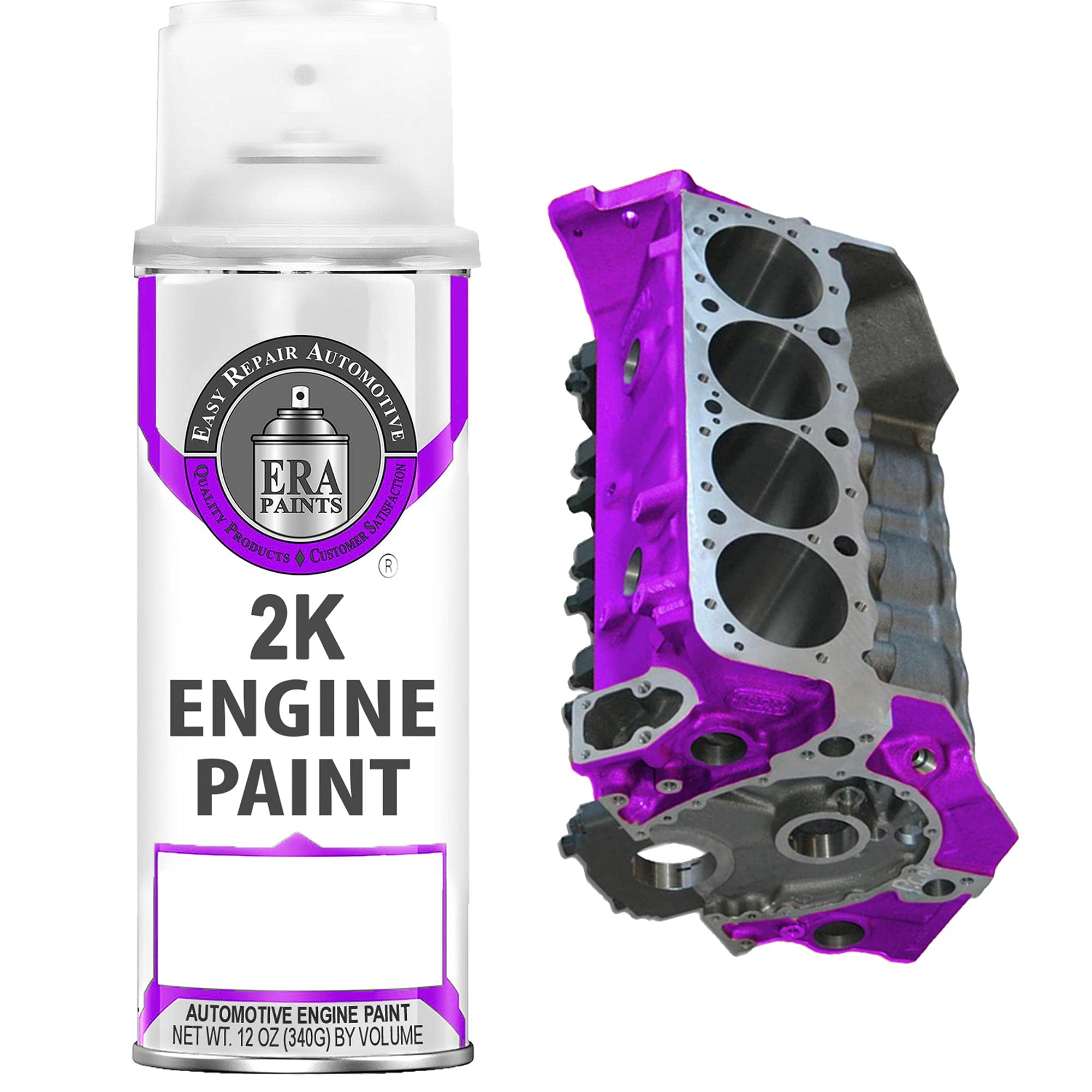 How to Choose the Right Purple Paint
How to Choose the Right Purple Paint Maintenance Tips
Maintenance Tips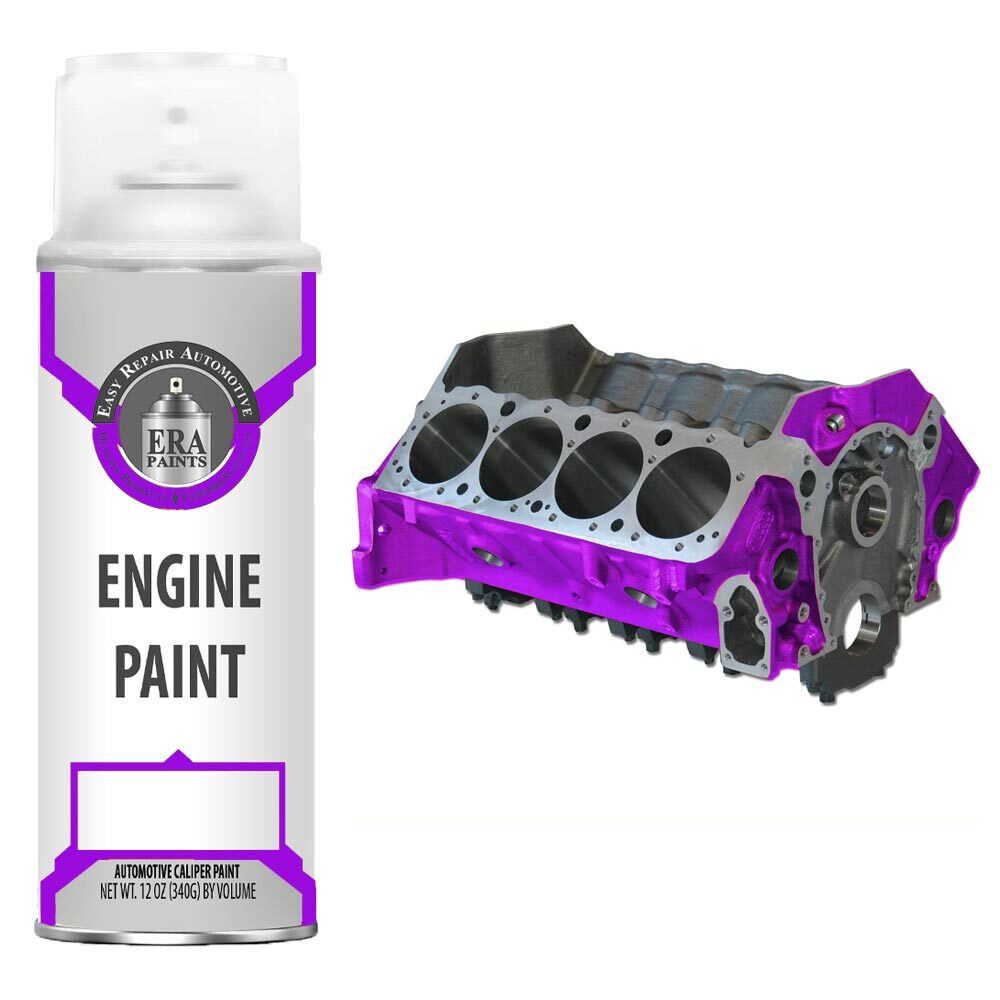 Frequently Asked Questions
Frequently Asked Questions Conclusion
Conclusion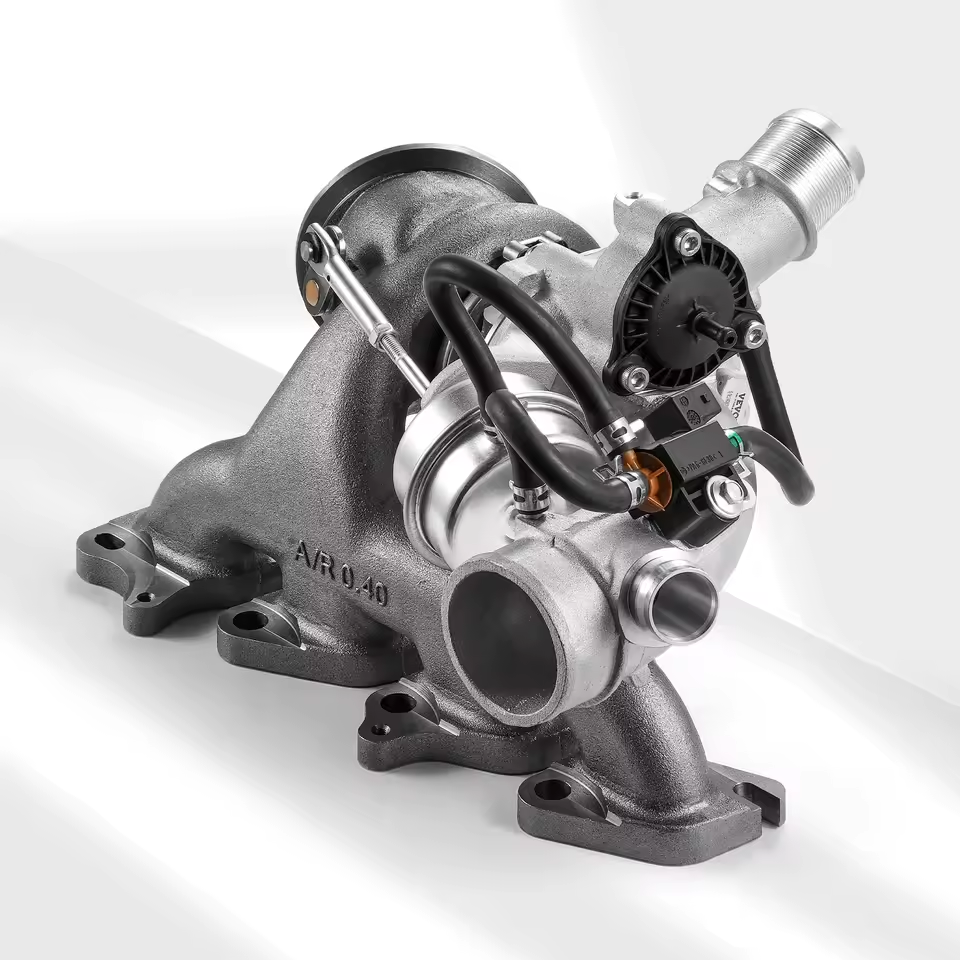
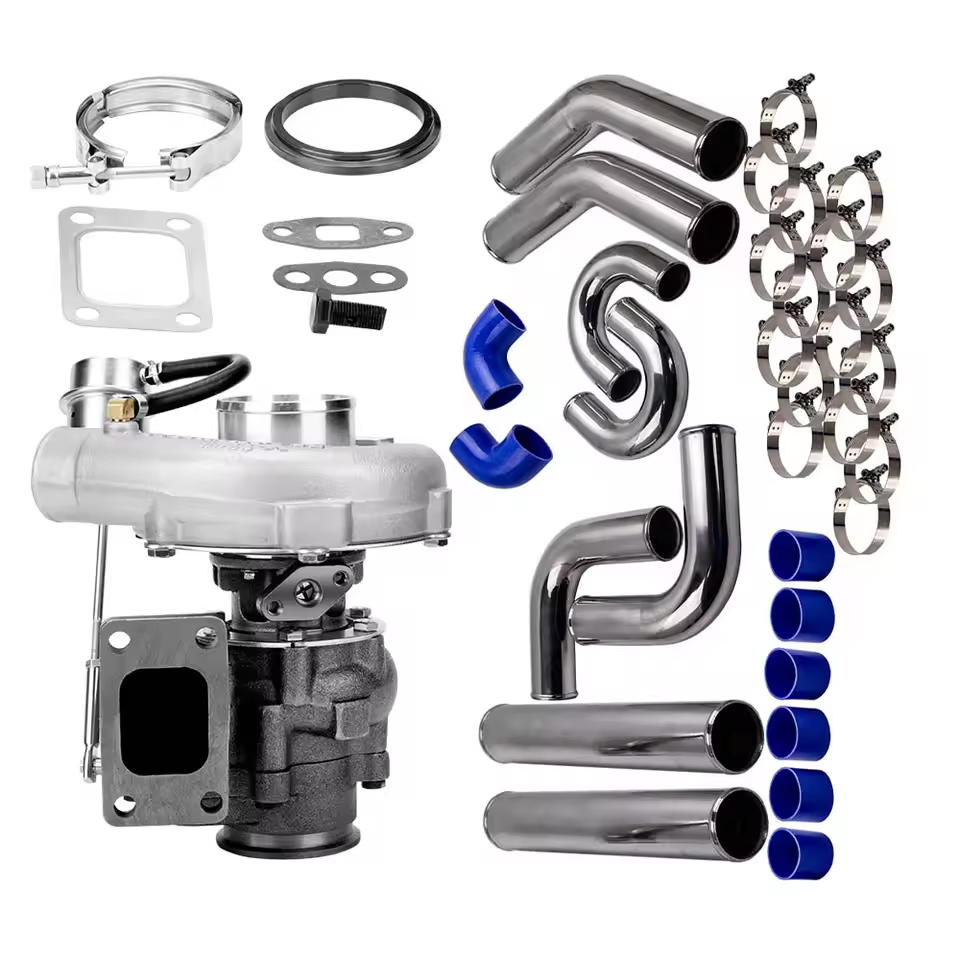
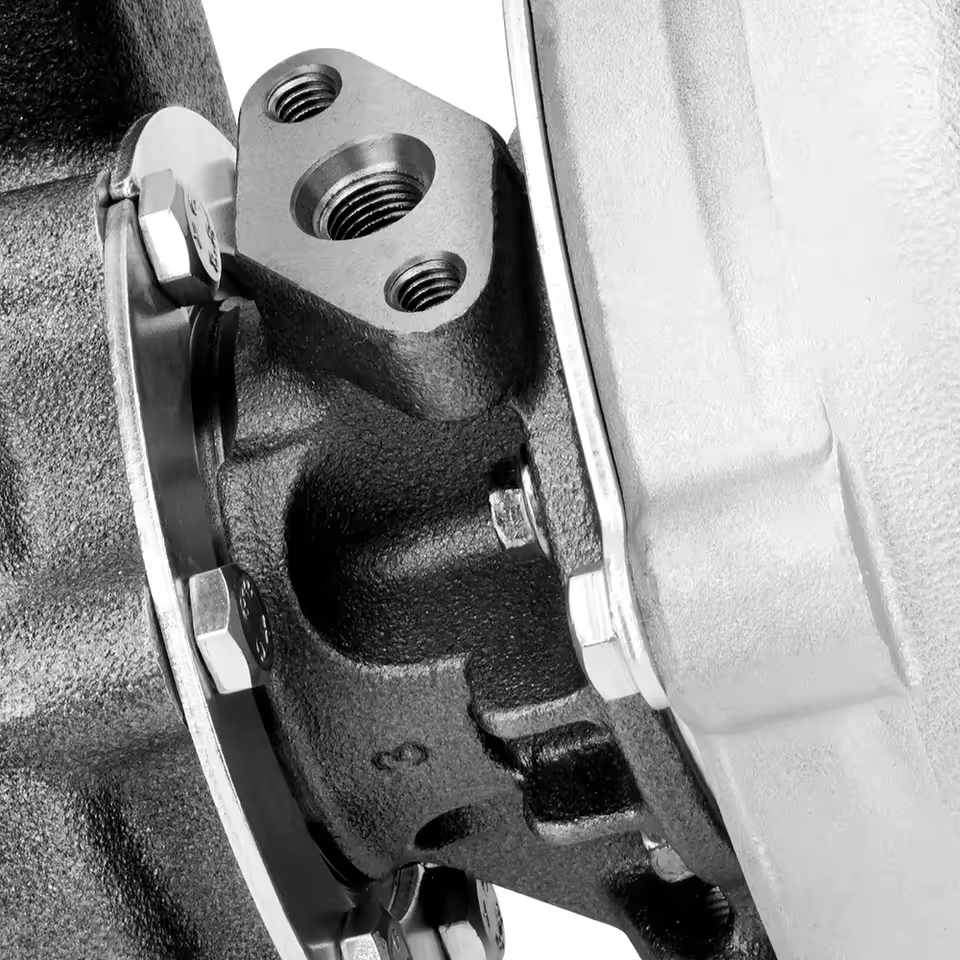


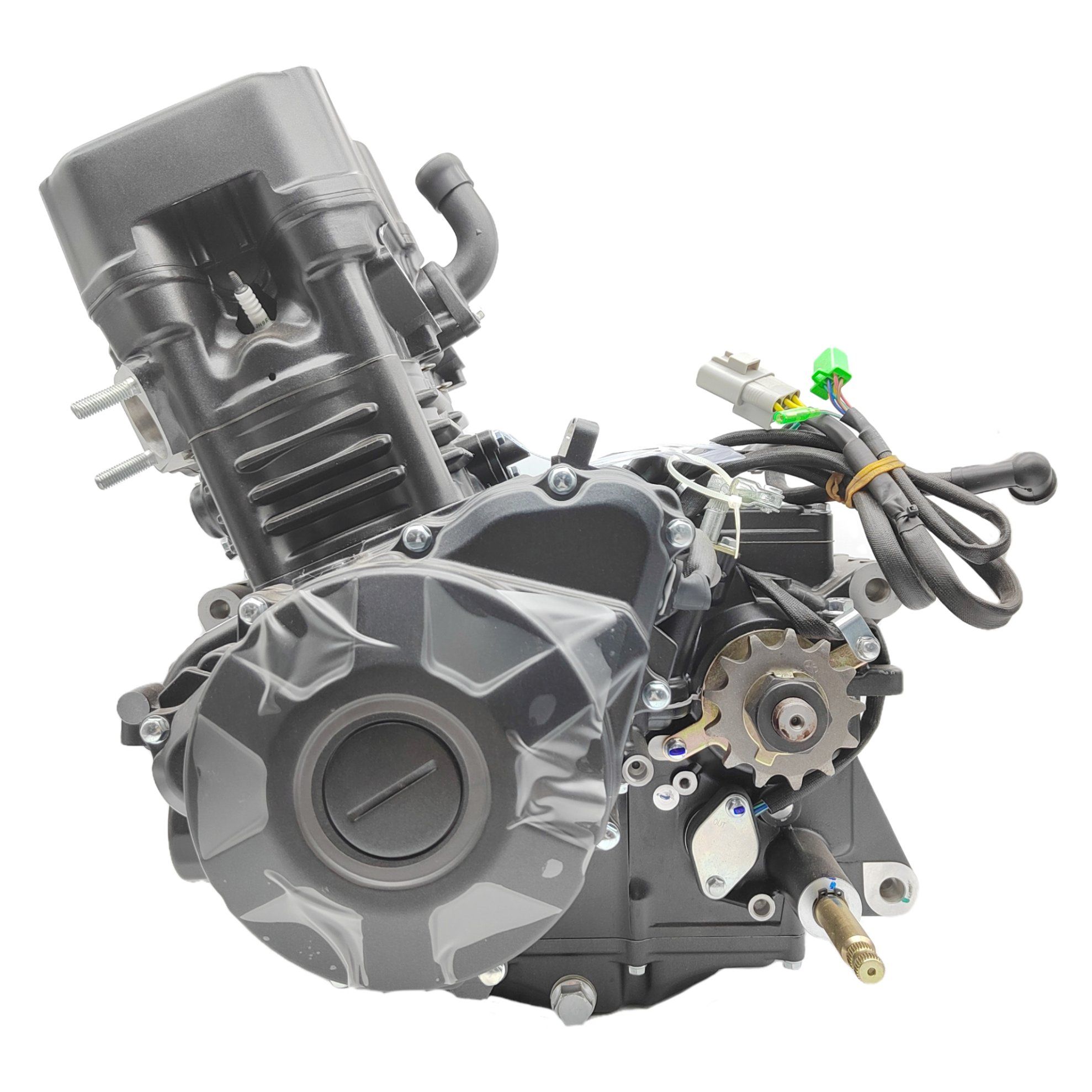 Understanding Motorcycle Engine Size
Understanding Motorcycle Engine Size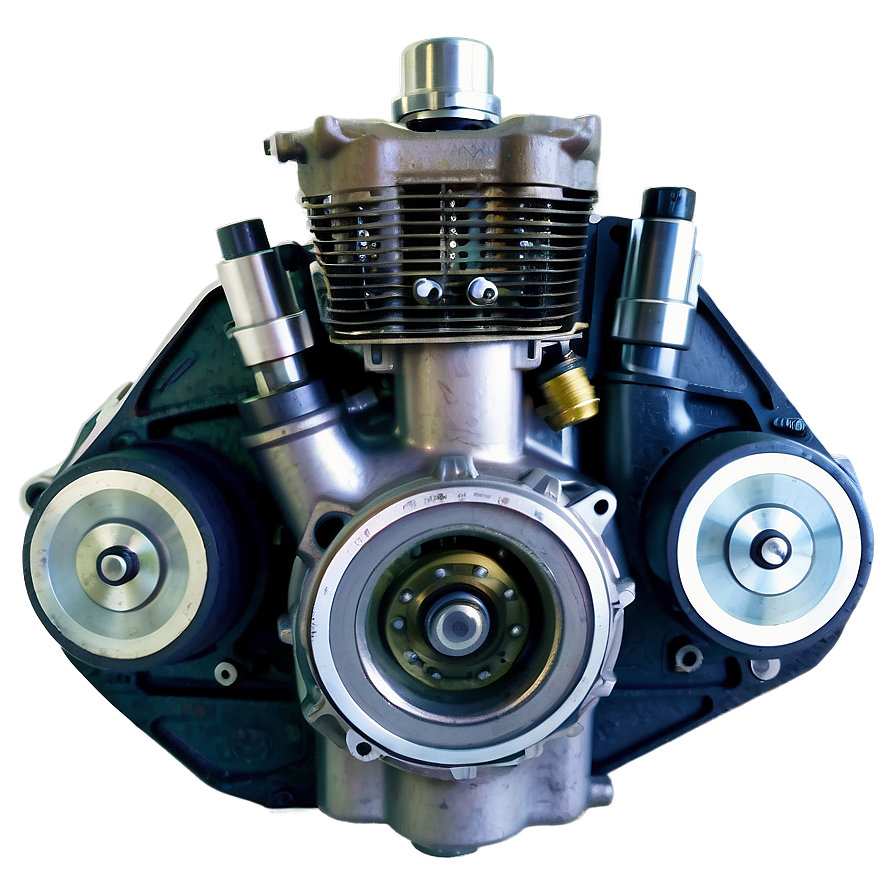 Common Motorcycle Engine Size and Their Uses
Common Motorcycle Engine Size and Their Uses Pros and Cons of Different Engine Sizes
Pros and Cons of Different Engine Sizes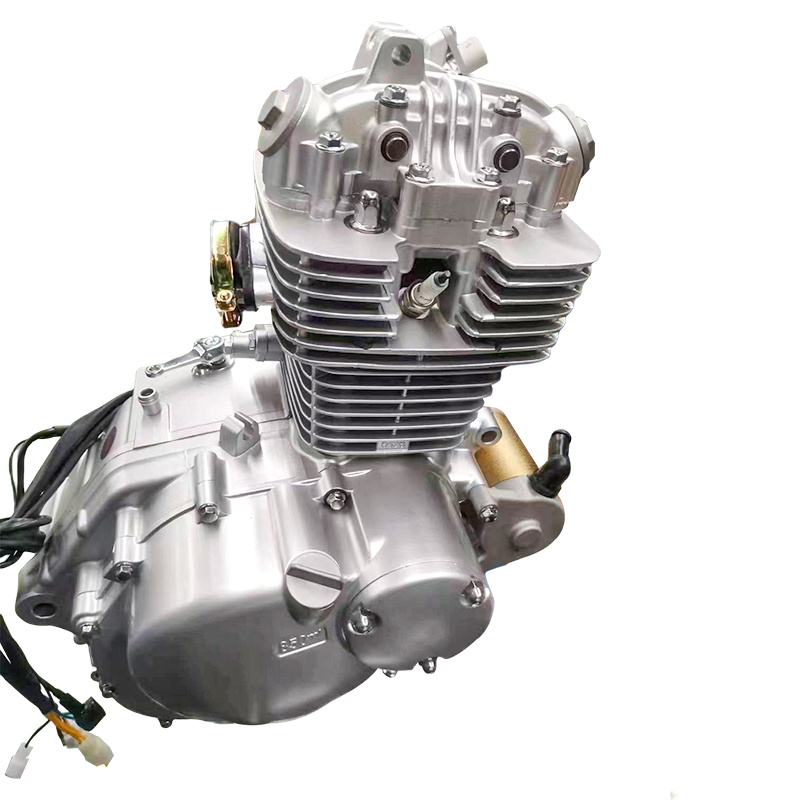 Maintenance and Upkeep Based on Engine Size
Maintenance and Upkeep Based on Engine Size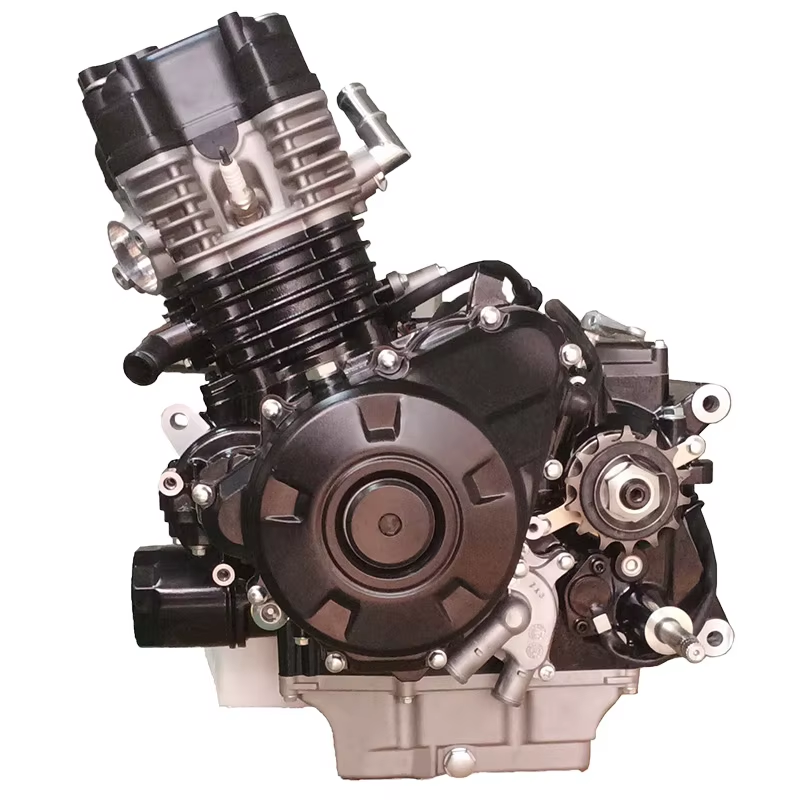 Conclusion
Conclusion